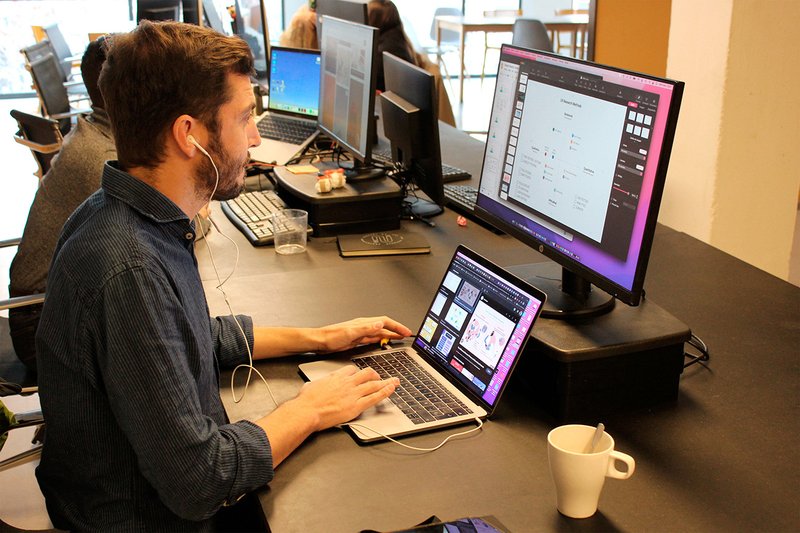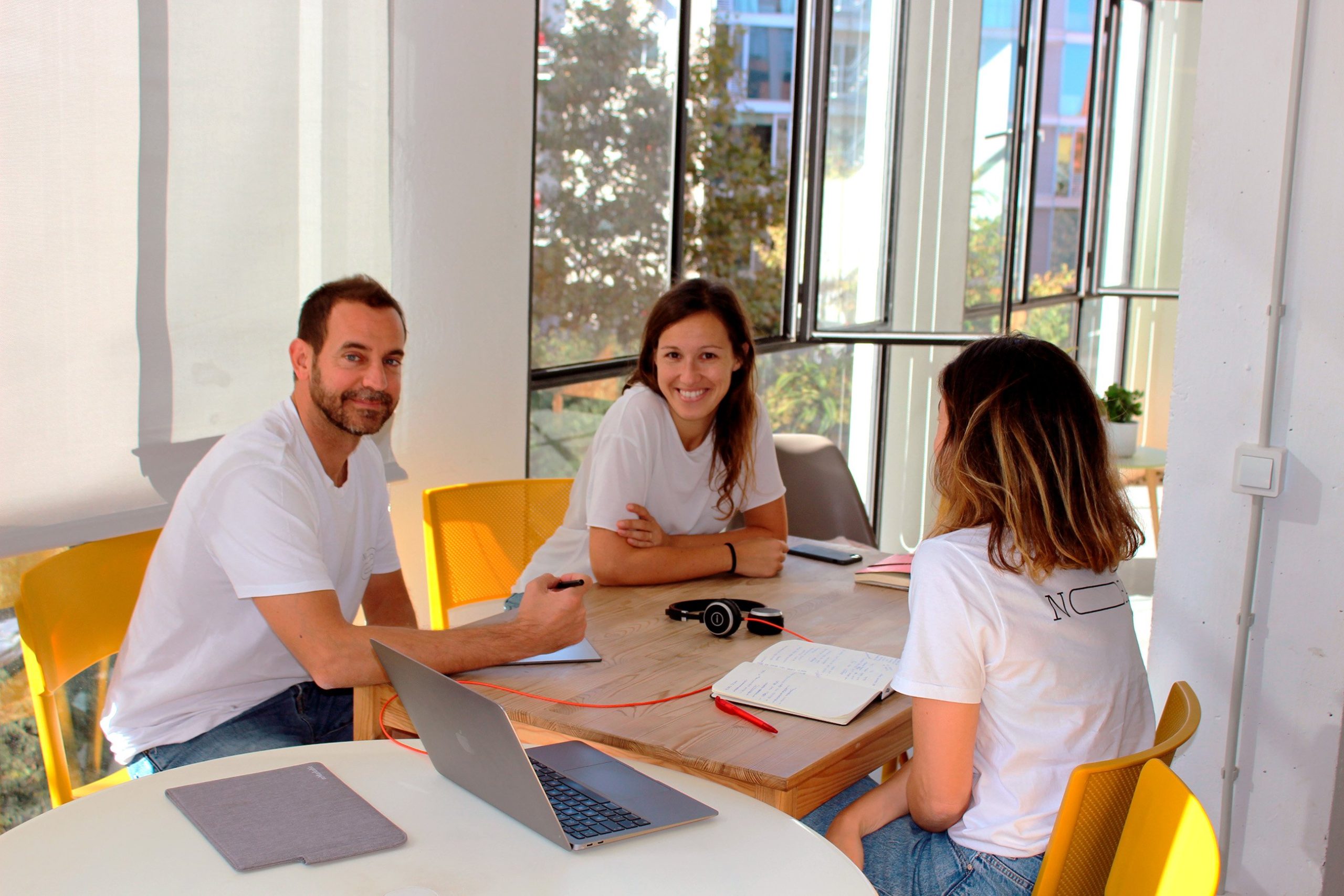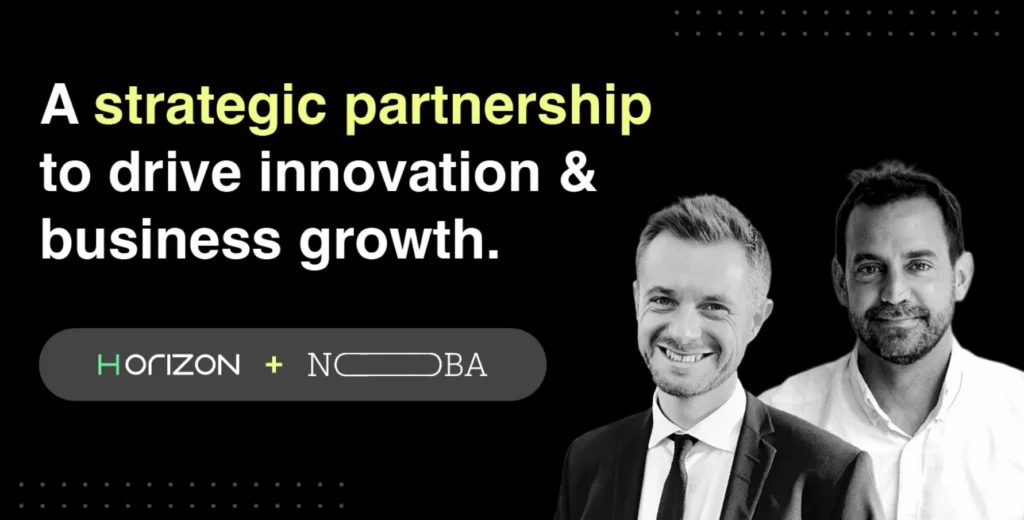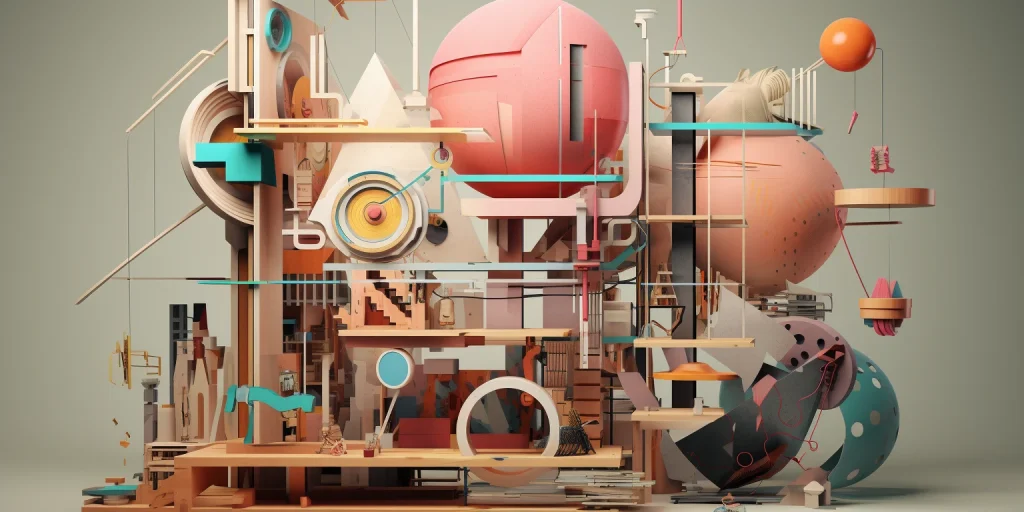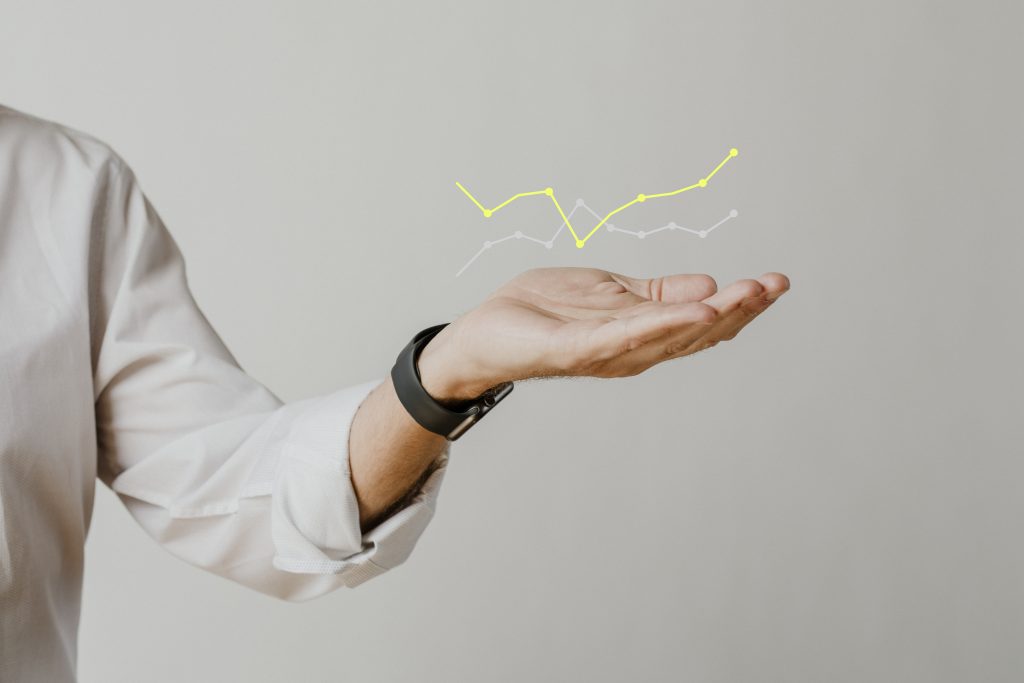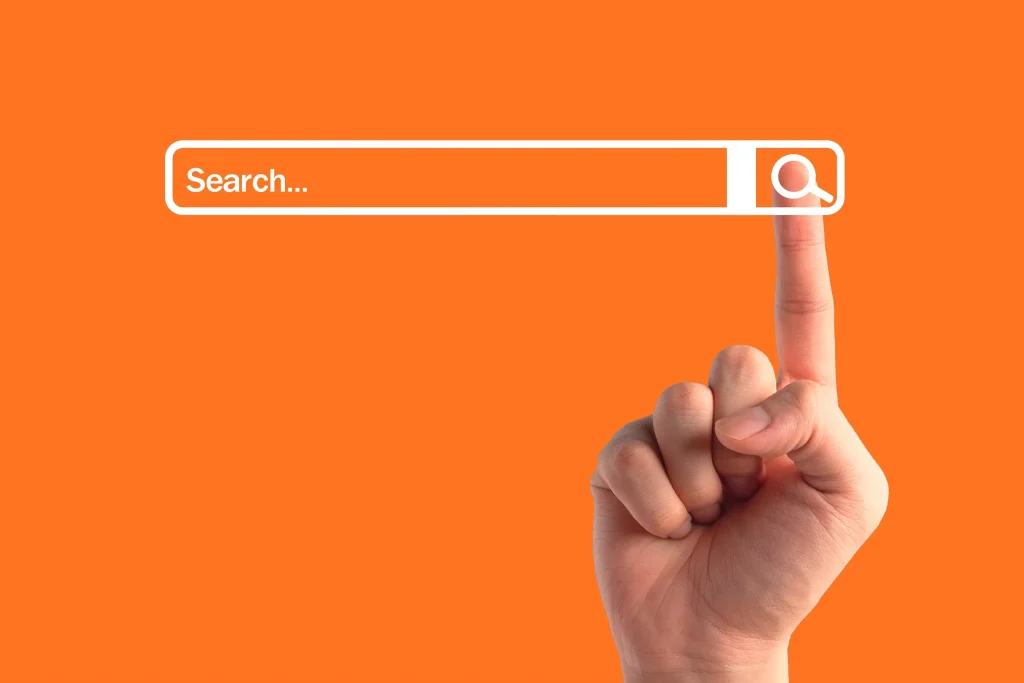What the heck is a “business designer”?
In a world where job titles are vague and give you no clue about what someone actually does, why not add “business designer” to the mix? Depending on who you ask, the term could refer to anything from a finance guru to a creative graphic designer. But let’s clear up the confusion and get to the bottom of what being a business designer is all about.
In a nutshell, business designers are innovators. They take a business idea and turn it into a business model that they then test and tweak (and keep testing and keep tweaking) for success. They’re the problem-solvers who help existing businesses identify new opportunities for growth and tackle key challenges — and they can also help design brand-new businesses from scratch in a way that’s desirable, feasible and viable.
But what does that even mean anyway?
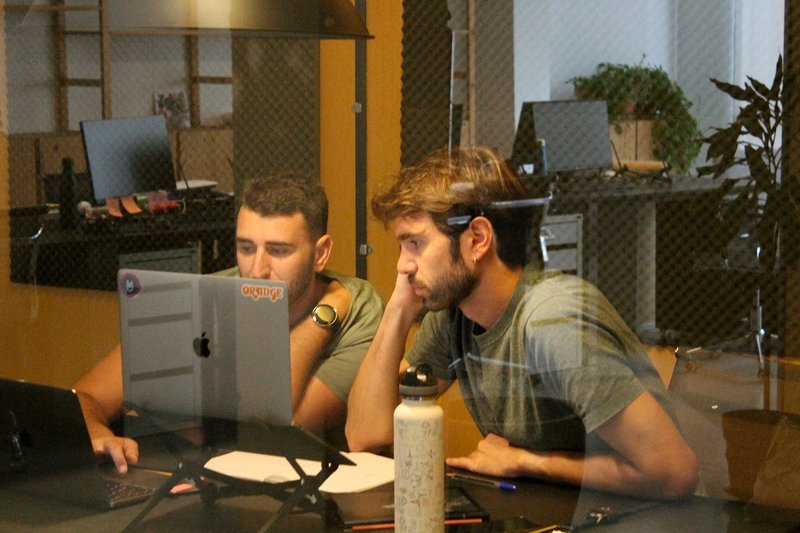
Cozy up to innovation
Innovation isn’t unique to start-ups. It’s a vital part of any living and breathing business and should be fostered and encouraged at every opportunity, even if that can sometimes sound a little uncomfortable.
The key to innovation lies in having the right mindset and approach to turning challenges into opportunities. Business designers are experts at questioning the status quo and pushing boundaries. They introduce new ways of defining, executing and measuring results — and they do it by tapping into research on trends and frontier spaces, understanding the market context and getting to know the customer.
Another important aspect of their role is to establish a process and use tools and measurable KPIs for effectively testing and developing new products or services. Without sticking to a process and validating findings through constant customer feedback, business designers run the risk of falling in love with the idea of innovation so much that they’re oblivious to signs that point to when to pivot, pause or stop altogether.
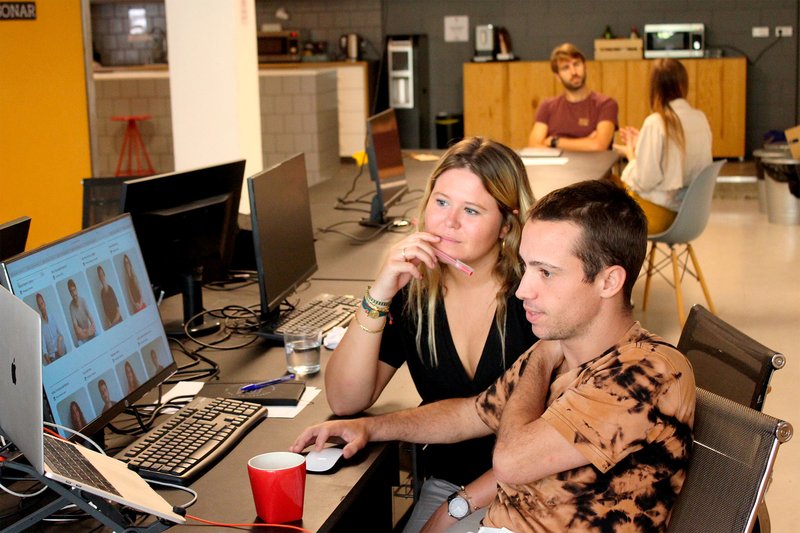
Customer-centric design
A starting point for any business is the demand, in other words, the customers. It’s pointless to spin your wheels about what type of brand, pricing and channels to use if you don’t know who the business is for. Business designers must prioritize developing something that fulfills a customer need, whether that’s B2C, like individuals seeking more variety in their home coffee consumption, or B2B environment, like a bank needing a tool to better understand the real estate market. (Both are real examples from NOBA!)
Customer-centric methods and tools allow business designers to develop, prototype, test and verify new business models. They’re kind of like modern-day “renaissance” people of the business world, who possess a well-rounded body of knowledge in research, technology, sales, marketing, service design, design strategy, business analysis, management consulting and product management… to name just a few areas of expertise.
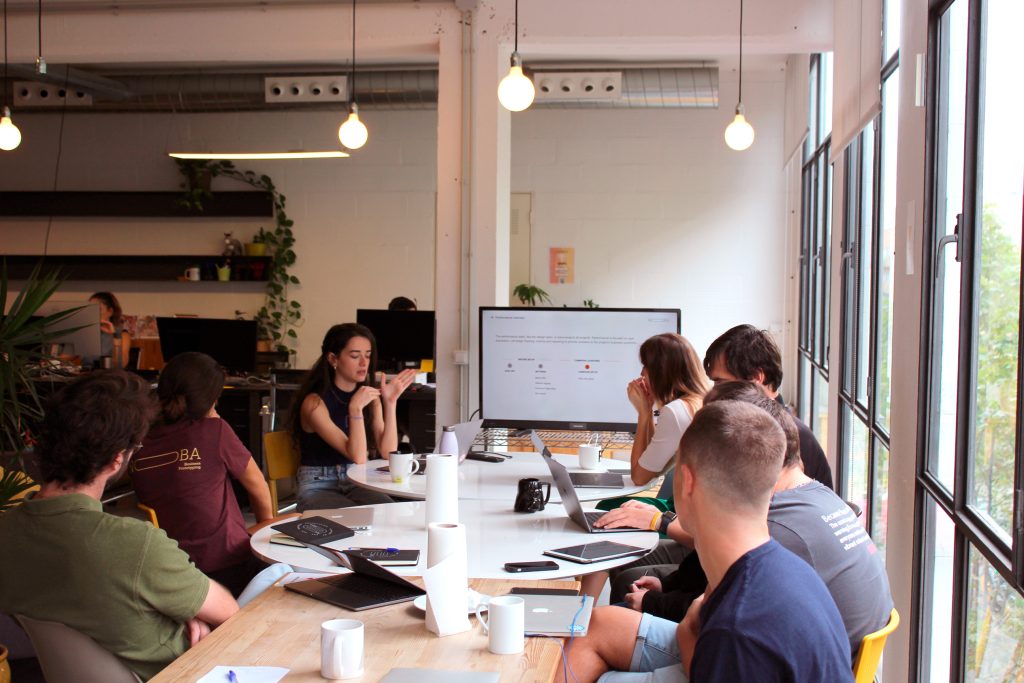
All work — and mostly play too
Business designers work in cross-functional teams that like to do things that have never been done before. They have the privilege of seeing how an idea comes to life, in both on- and offline environments, for both products and services — and all developed for the first time ever!
Not only do they get to play a detective trying to find out what people want, but they get a front-row seat to customers’ actual behavior and use that information to make the business idea even better until it’s ready to roll out as a bonafide business. They can even save a business from an unsuccessful launch too, or save a potential design failure and turn it into the next big thing. Either way, talk about having an impact and seeing the fruits of one’s labor.
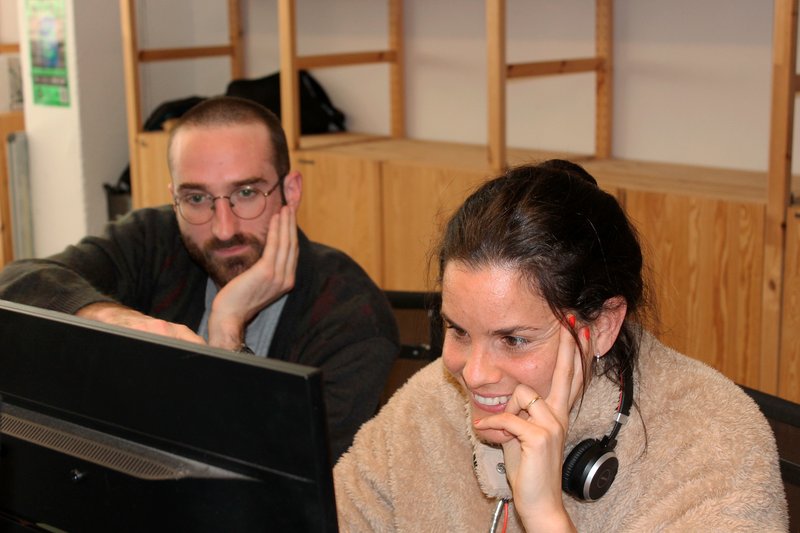
None of us at NOBA planned on being “business designers” when we were younger but we have an inkling that kids years from now might say that’s what they want to be when they grow up.
Think it’ll catch on? You never know!
